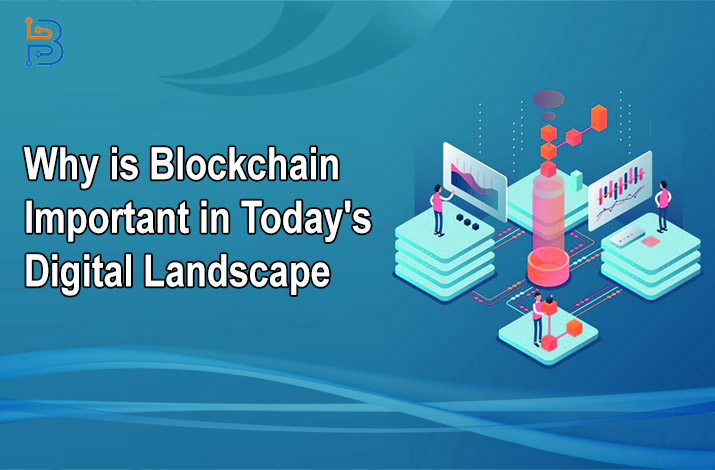Five essential requirements for IoT2.0 success – Technologist
Smart devices, powered by the hyper-connected Internet of Things (IoT), are becoming ever more prevalent and pervasive in our lives, and the trend will only continue. Every industry is seeking ways to use device-enabled insights to improve the lives of their customers, and the health of machines. With a growing number of devices, the opportunities to use IoT to reshape industries and societies are also increasing.
Yet many organisations are facing challenges in their IoT journey. A Cisco survey reveals that only 26% of the surveyed companies consider their IoT initiatives a success, with a majority saying they were more complicated or took longer than expected. Sixty percent of the top IT executives polled by Cognizant’s Centre for the Future of Work said IoT will add tremendous complexity to their IT infrastructure in areas such as networking, integration and data analysis.
In reaping the benefits of IoT, enterprises face many challenges, including integration of the IoT infrastructure with existing systems, understanding unfamiliar data formats, and communication protocols as well as implementing new technologies across the IoT continuum. Navigating these challenges requires careful planning, domain knowledge, and rigorous implementation. In order to make the IoT initiatives a success, there are five essential requirements for processes and practices that organisations should consider:
- Edge computing/analytics
Edge computing, a technology that is expected to grow at a high 40% rate in Asia Pacific by 2023, captures and analyses data on distributed devices positioned at the edge of a network. It involves both local sensors that gather data and edge gateways that process it. Edge computing enables data analysis close to where it is captured, resulting in faster response to changing conditions. In fact, an edge-processing system can respond in a few milliseconds, compared with a cloud system, which could take more than 100 milliseconds.
Before considering edge computing, organisations should, firstly, fully assess lifetime device costs at the planning stage, factoring in the operational overhead expenses, such as monitoring, upgrades, and power requirement. Secondly, they need to create policies to secure devices with appropriate firewalls and hardened operating systems, and encrypt data at rest and in transit. Lastly, organisations should assess which analyses are most time-critical for their business and perform them at the edge to allow immediate action.
- Data ingestion and stream processing
Six out of 10 IT executives say collecting, storing, integrating and analysing real-time data from endpoint devices is a key barrier to a successful IoT implementation. Organisations should put processes in place to gather data from multiple devices and sensors, and transform it for use by cloud-based analytic platforms. Data ingestion refers to device telemetry data being imported and converted into a format usable by cloud-based IoT services. It helps to normalise the data into a common data model that is easier to analyse by business applications and users. Data ingestion also comes handy when organisations have to ensure that ingested data is stored in compliance with government or industry regulations, such as European Union’s General Data Protection Regulation or Personal Data Protection Act in Singapore.
- Security and device management
With rapid proliferation of IoT sensors, and growing complexity and volume of data exchanges, it is imperative for organisations to strengthen their adoption and enforcement of highly evolved security practices and procedures. The scale of investments, talent as well as thought leadership around security would need to dramatically increase as IoT implementations grow in scale and start becoming the backbone of day-to-day operations in organisations.
Businesses need to ensure their IoT devices are provisioned securely, communicate efficiently, and can be updated with accelerated and agile approaches. Device management covers the hardware, software, and the processes that ensure devices are properly registered, managed, secured, and upgraded.
Required functions include device configuration, security, command dispatching, operational control, remote monitoring, and troubleshooting. The organisation will need to account for these functions, even if the cloud provider doesn’t offer the required device management components. Comprehensive device management enables connected devices to easily and securely communicate with other devices and cloud platforms, while helping the enterprise reliably scale to billions of connected devices and trillions of messages.
- Cold path and advanced analytics
Currently, large-scale processing can include loads greater than 100,000 events per second. With the adoption of cold path processing, large amounts of data are analysed by advanced algorithms after the data is stored on the cloud platform.
Such analysis can uncover trends or corrective actions needed to improve the business or customer experience. Unlike streaming analytics (hot path) that apply relatively simple rules to data in real time for short-term actions (detecting fraud, security breaches, or critical component failures), cold path processing involves more sophisticated big data analytics, such as machine learning and AI, being applied to provide deeper insights.
To drive the most insights from data, organisations should consider using a complex event processing framework that combines data from multiple sources, such as enterprise applications and IoT devices, to dynamically define and process analytical rules by inferring meaning from complex situations. It is also important to aggregate data before than during analysis to improve processing speed. Usage of data lakes, which store data in their native format, can also help consolidate data and allow easier access. Organisations should also consider creating dedicated data services to make it easier for users to access data on demand.
- Enterprise integration with business systems
IoT insights need to be delivered to enterprise systems and receive reference metadata in order to interpret device data. Integration with business applications and enterprise systems enables the sharing of raw and processed data, as well as analysis-driven insights.
With deep enterprise integration, the IoT architecture can deliver benefits such as improved efficiencies, reduced costs, increased sales, heightened customer satisfaction, and the ability to create and lead new markets. To share data and insights, businesses need mechanisms such as application programming interface (API) gateways, service buses and custom connectors.
Every IoT implementation will be distinct, depending on each business’s requirements, expected outcomes, levels of IoT and data skills, and technology infrastructure maturity. In all cases, however, these five requirements are essential to ensuring a successful IoT implementation, with minimal cost and delay. Each enterprise must conduct a rigorous needs assessment, and carefully plan its roadmap to deliver a flexible, secure, and scalable IoT solution. To help guide the implementation, organisations should also consider using pre-built solutions, reference architectures, and blueprints from experienced technology service providers.



